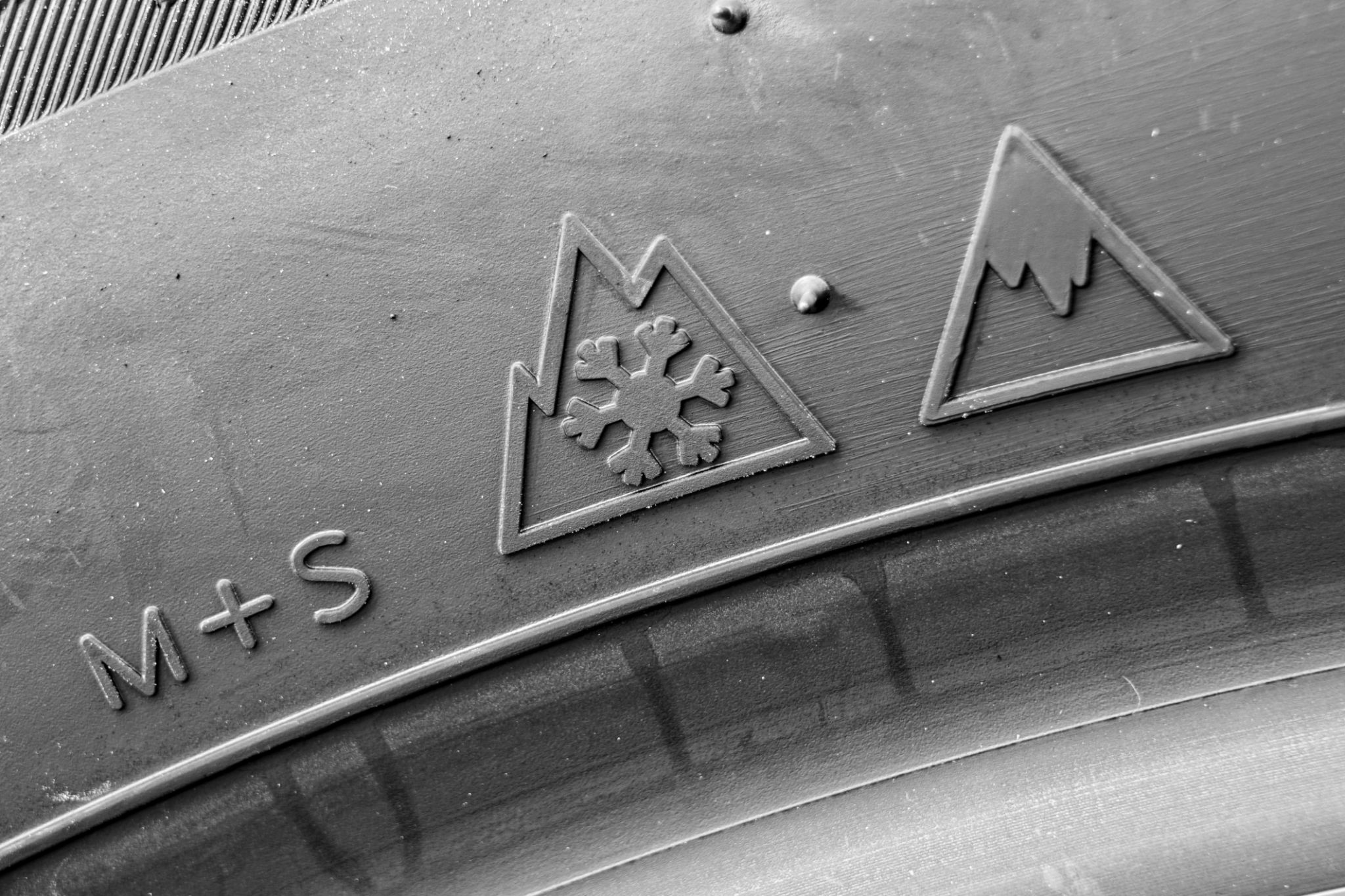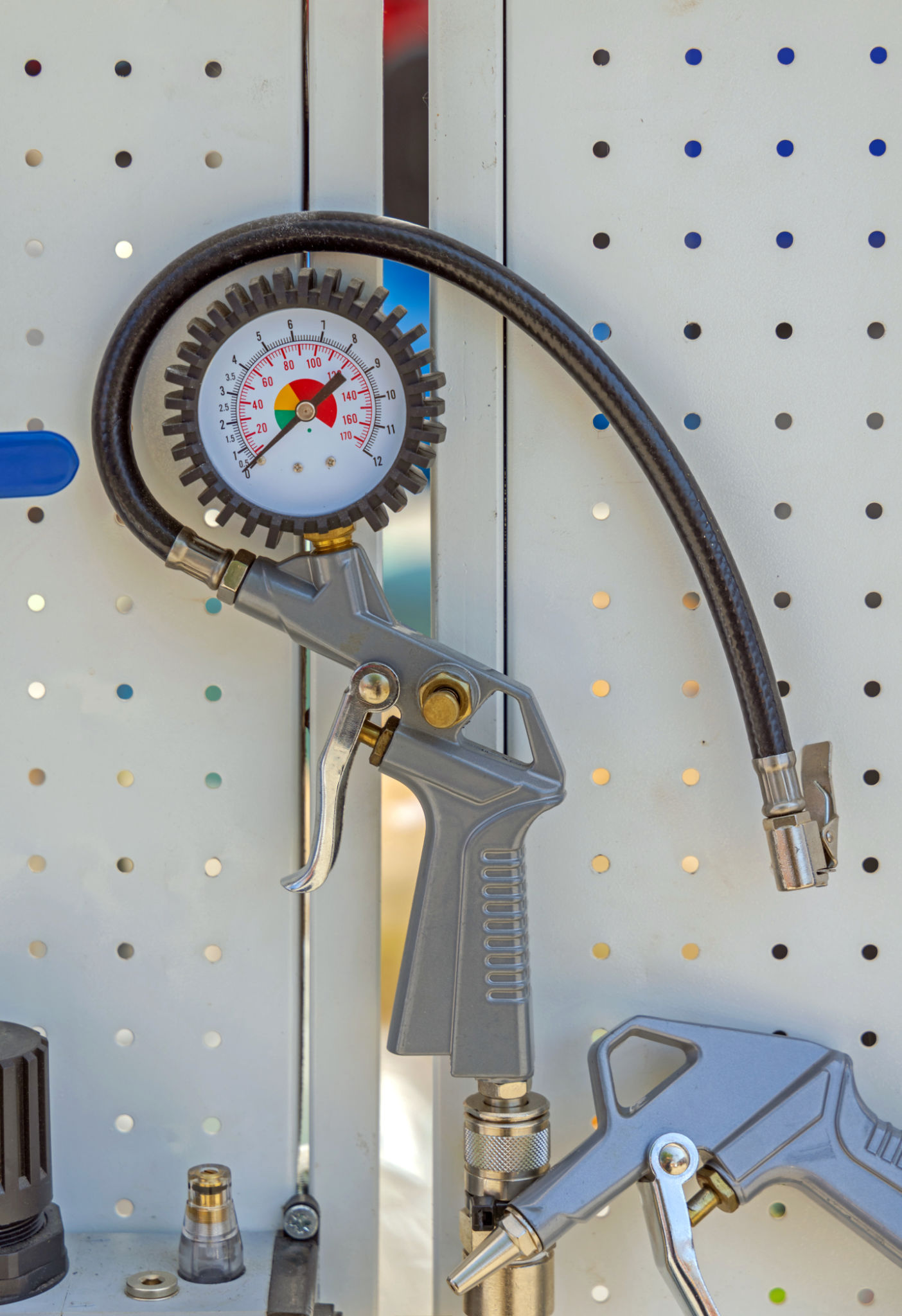The Ultimate Guide to Tire Maintenance for Canadian Winters
Understanding the Importance of Winter Tires
Winter in Canada presents unique challenges for drivers, with icy roads and heavy snowfall being the norm. Ensuring your vehicle is equipped with the right tires can make all the difference in safety and performance. Winter tires are specifically designed to handle cold, wet, and snowy conditions, providing better traction and control compared to all-season tires.

It’s crucial to understand that winter tires are made from a special rubber compound that remains flexible even in freezing temperatures. This flexibility allows for a better grip on icy roads, reducing the likelihood of skidding and enhancing overall safety.
When to Install Winter Tires
Timing is everything when it comes to installing winter tires. It's recommended to switch to winter tires when the temperature consistently drops below 7°C (45°F). This is because the performance of all-season tires diminishes in colder weather. By making the switch early, you ensure maximum safety before the first snowfall.

Many drivers opt to install their winter tires by mid-November, but this can vary depending on your location in Canada. Always keep an eye on the forecast and be proactive in your tire maintenance strategy.
Checking Tire Pressure Regularly
Maintaining the correct tire pressure is essential during winter months. Cold temperatures can cause tire pressure to drop, which affects fuel efficiency, handling, and increases the risk of tire damage. It’s advisable to check your tire pressure at least once a month during winter.

Investing in a quality tire pressure gauge can help you monitor these changes accurately. Remember, proper inflation extends the life of your tires and improves vehicle safety.
Tire Rotation and Alignment
Regular tire rotation is important for even tread wear, especially in winter. Uneven wear can compromise your vehicle’s handling and safety on icy roads. It's recommended to rotate your tires every 8,000 to 10,000 kilometers or as specified in your vehicle’s manual.
Additionally, proper wheel alignment ensures that your vehicle handles well in all conditions. Misalignment can lead to uneven tire wear and poor vehicle performance, making it crucial to have this checked regularly by a professional.
Inspecting Tire Tread Depth
Adequate tread depth is vital for optimal traction on snowy and icy surfaces. The minimum recommended tread depth for winter tires is 3.5 mm. To check tread depth, you can use a tread depth gauge or perform the “toonie test” – place a Canadian two-dollar coin into the tread; if the silver outer rim is covered, your tread depth is sufficient.

Regular inspections ensure your tires are safe and effective throughout the harsh winter months. If your tread depth is insufficient, it's time to consider replacing your tires.
Storage Tips for Off-Season Tires
Proper storage of off-season tires can prolong their lifespan significantly. Always clean your tires thoroughly before storing them to remove any road salt, dirt, or debris. Store them in a cool, dry place away from direct sunlight and heat sources.
Consider stacking them horizontally or hanging them on hooks to prevent deformation. Using tire bags or covers can also protect them from dust and moisture.
Conclusion: Stay Safe this Winter
The key to safe winter driving in Canada is proper tire maintenance. By understanding the importance of winter tires, checking tire pressure regularly, ensuring proper rotation and alignment, inspecting tread depth, and storing off-season tires correctly, you can significantly enhance your safety and comfort on the road.
Investing time and effort into these practices not only extends the life of your tires but also ensures peace of mind during those challenging winter drives.